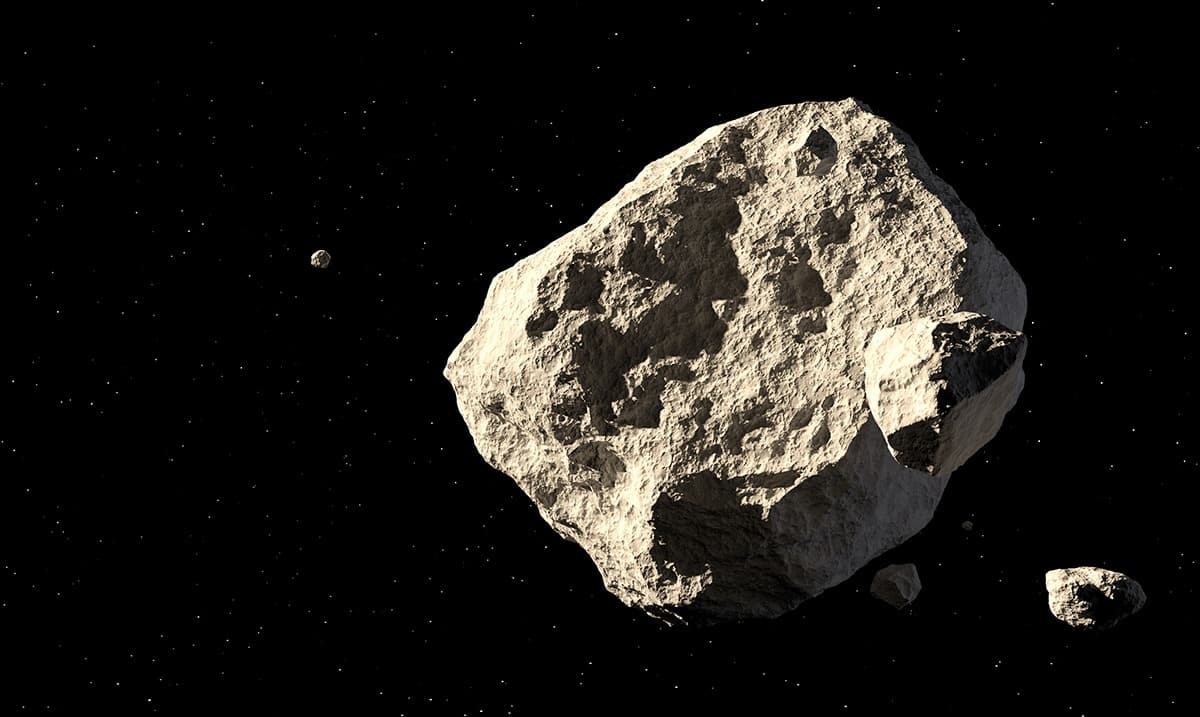In the vast expanse of our solar system, Earth is constantly under the watchful eye of scientists and space agencies like NASA. While our planet has experienced countless asteroid encounters throughout its history, the possibility of a large asteroid impact remains a concern. Recently, NASA has turned its attention to tracking and predicting the trajectory of potentially hazardous asteroids. In this article, we’ll delve into NASA’s efforts to predict and mitigate the risk of a large asteroid impact on Earth, including the specific case of Bennu, a Near-Earth Object (NEO) that has garnered significant attention.
Understanding the Threat
Asteroid impacts are rare but significant events that have the potential to cause widespread destruction, depending on the size and composition of the asteroid. Small asteroids regularly burn up in Earth’s atmosphere, creating breathtaking meteor showers. However, larger asteroids can survive the journey through our atmosphere, impacting the surface with catastrophic consequences.
NASA’s Planetary Defense Coordination Office
To address this threat, NASA established the Planetary Defense Coordination Office (PDCO), which is responsible for detecting, tracking, and characterizing potentially hazardous near-Earth objects (NEOs), including asteroids and comets. The PDCO collaborates with other space agencies, observatories, and international partners to monitor these celestial objects.
The Risk and the Chelyabinsk Event
In recent years, there have been several close calls and near misses with potentially hazardous asteroids. One significant event was the Chelyabinsk meteor impact in Russia in 2013. Although relatively small (about 20 meters in diameter), the Chelyabinsk meteor still caused widespread damage and injuries, highlighting the potential risks posed by NEOs.
Bennu: A Watched NEO
Bennu is a Near-Earth Object (NEO) that passes by the planet roughly every six years, and experts have been watching it since it was discovered in September 1999. This asteroid, with a diameter of about 500 meters, is classified as potentially hazardous due to its size and close proximity to Earth. Bennu’s orbit intersects with Earth’s, making it a significant target for study and monitoring.
The Tracking and Mitigation Efforts
NASA employs a combination of ground-based and space-based telescopes to track and monitor NEOs like Bennu. By accurately calculating an asteroid’s orbit and trajectory, scientists can predict potential future close approaches and assess the risk of impact. If a potentially hazardous asteroid is detected, NASA and other space agencies around the world collaborate on strategies for mitigation.
Asteroid Redirection Test Mission
One of NASA’s planned missions, the Double Asteroid Redirection Test (DART), is designed to test our ability to change the course of an asteroid. DART aims to collide with the binary asteroid system Didymos, with the goal of altering the orbit of the smaller asteroid, Dimorphos. Such missions could provide valuable insights into our ability to protect Earth from future asteroid impacts.
International Collaboration
Recognizing the global nature of the asteroid impact threat, NASA collaborates with international partners and organizations like the United Nations Office for Outer Space Affairs (UNOOSA) to coordinate efforts in planetary defense. The International Asteroid Warning Network (IAWN) and the Space Mission Planning Advisory Group (SMPAG) work together to enhance our ability to predict, respond to, and mitigate asteroid impacts.
While the likelihood of a large asteroid impact on Earth remains relatively low, NASA’s dedication to monitoring and mitigating this potential threat is paramount. Through international collaboration, advanced tracking technologies, and planned missions like DART, NASA strives to protect our planet and ensure that humanity is prepared to respond to any future asteroid impact threat. The efforts of scientists and space agencies serve as a reminder of our shared responsibility to safeguard our home planet from the uncertainties of the cosmos, including the vigilant monitoring of NEOs like Bennu.

